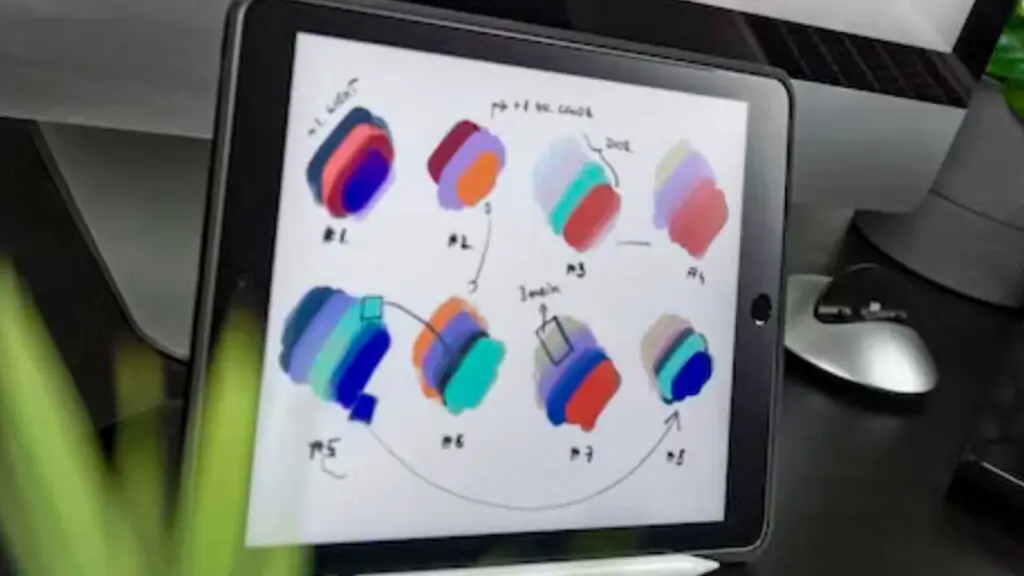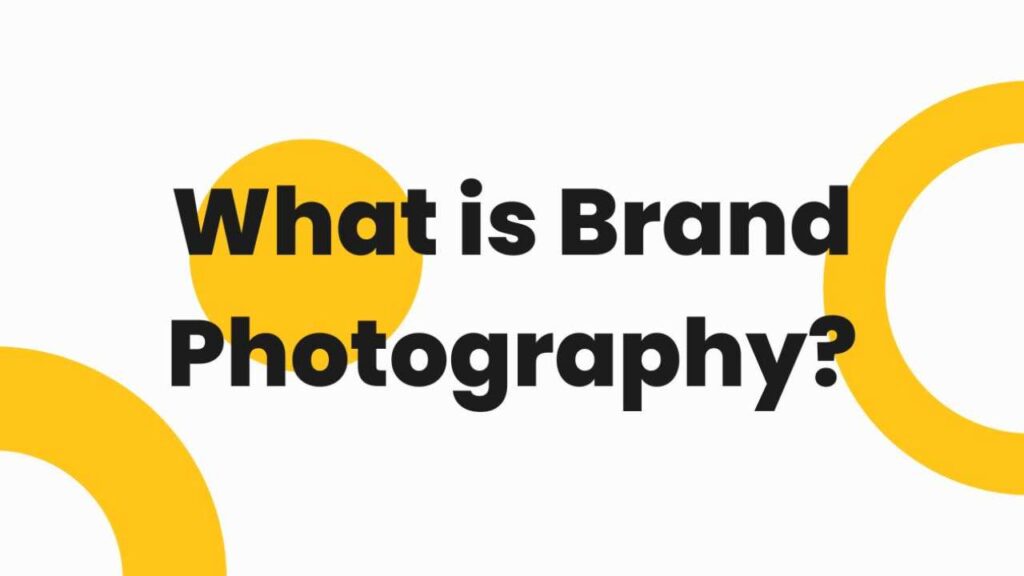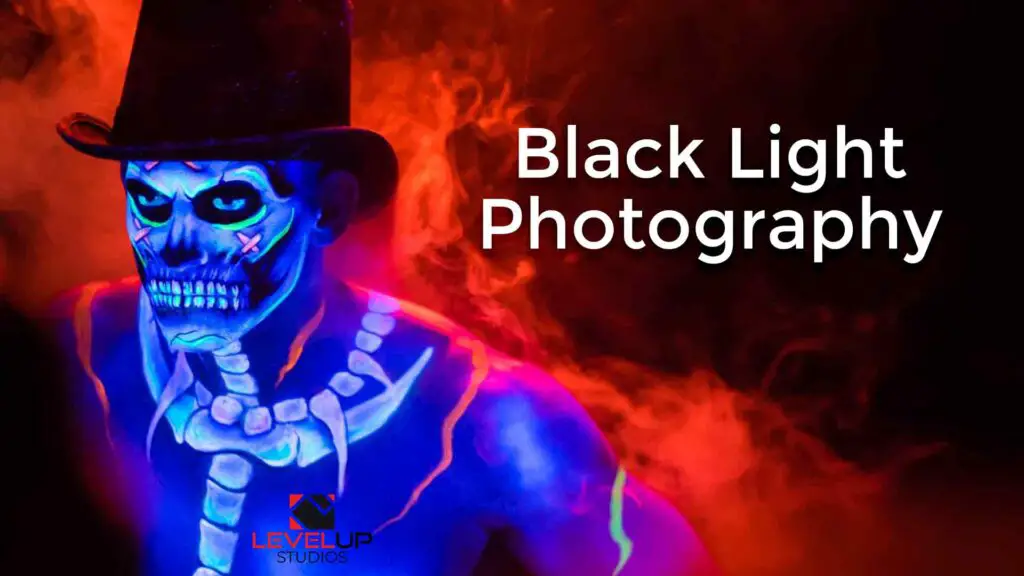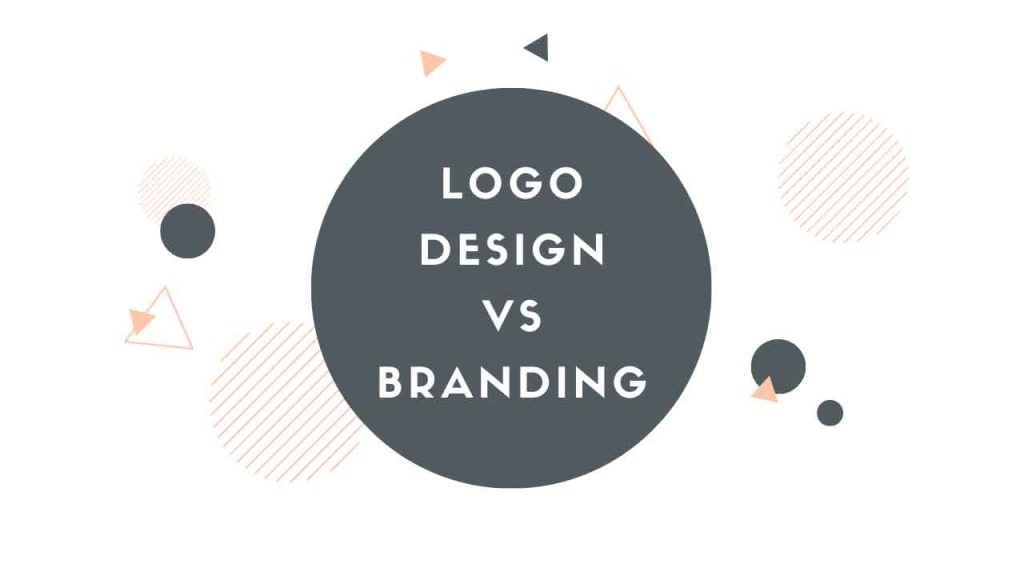THIS ARTICLE MAY CONTAIN AFFILIATE MARKETING LINKS! IN CASE YOU MAKE A PURCHASE THROUGH ONE OF THE LINKS, WE'LL GET A SMALL COMMISSION. WITH NO EXTRA CHARGES TO YOU. THANKS!!
What is Brand Photography?
What is brand photography? Brand photography is all about capturing the essence of a brand through images. It goes beyond just taking pictures; it’s about telling a story, creating a visual identity, and connecting with the audience. In essence, it’s the art of using photos to convey the values, personality, and uniqueness of a brand.
Think about it this way: when you see the iconic swoosh of Nike or the bitten apple of Apple, you immediately associate those images with their respective brands. That’s the power of brand photography. It’s about creating a visual language that speaks to your audience without words.
Whether it’s product shots, lifestyle images, or even behind-the-scenes glimpses of your business, brand photography can make your brand more relatable and memorable. It helps establish an emotional connection with your audience, which can be a game-changer in a world filled with visual stimuli.
But brand photography is not just about taking pretty pictures. It’s a strategic process that involves planning, styling, and editing to ensure that the images align with your brand’s message. It’s about consistency – using the same style, colors, and themes to create a cohesive look and feel.
Here’s a practical tip: if you’re running a blog and want to strengthen your brand, consider investing in brand photography. These photos can be used on your website, social media, and marketing materials, creating a unified and appealing brand image that draws your audience in. It’s an investment that can pay off in increased recognition, trust, and engagement with your blog.
Types of Branding Photography
When it comes to branding photography, there are various types, each serving specific purposes to help businesses convey their unique identity. Let’s explore some of the most common types that can add depth and character to your brand:
- Product Photography: This type focuses on showcasing your products in the best possible light. High-quality images of your products can help customers understand their features, quality, and benefits. Whether you’re selling fashion items, electronics, or food, well-executed product photography is essential.
- Lifestyle Photography: Lifestyle shots are about capturing your products in real-life situations. They show how your products fit into your customers’ lives. For example, if you sell outdoor gear, lifestyle photos might depict people using your products on a hiking trip. These photos help potential customers imagine themselves using your products.
- Corporate Photography: This is all about capturing the essence of your business. It includes images of your office, staff, and the work environment. Corporate photography can convey your company culture and values, helping to build trust with your audience.
- Event Photography: If your brand hosts or participates in events, event photography is crucial. It can be used for documenting conferences, trade shows, product launches, or other important occasions. Event photos help you showcase your brand’s involvement and engagement in your industry.
- Social Media Photography: In the age of social media, having a constant stream of visually appealing content is key. Social media photography involves creating images specifically for your social platforms. These can include behind-the-scenes shots, inspirational quotes, or even fun and engaging images that resonate with your audience.
- Food Photography: This type is particularly important for restaurants, cafes, and food-related brands. High-quality food photography can make your menu items look incredibly appetizing and entice potential customers to dine at your establishment or order your dishes.
- Architectural and Interior Photography: This is crucial for businesses like hotels, real estate agencies, and interior design companies. These photos highlight the aesthetics and features of your physical spaces, making them visually appealing to potential customers.
- Personal Branding Photography: If you’re a personal brand or influencer, personal branding photography is vital. These images showcase your personality and style, allowing your audience to connect with you on a more personal level.
- E-commerce Photography: For online stores, e-commerce photography focuses on capturing the details of products for sale. This often includes multiple angles, close-ups, and images showing the product in use.
Each of these types of branding photography serves a unique purpose, and the choice depends on your business and goals. The key is to be consistent in style and messaging across all types to create a strong and memorable brand identity for your blog and business.

Benefits of Brand Photography
Brand photography offers a multitude of benefits for businesses and bloggers alike. It goes beyond making things look pretty; it’s a strategic investment that can yield significant returns. Here are some of the key advantages of incorporating brand photography into your blog and business:
- Establishes a Strong Identity: Brand photos help you create a visual identity that sets you apart. Consistent imagery reinforces your brand’s personality, making it instantly recognizable.
- Builds Trust: High-quality, professional photos can enhance your credibility and trustworthiness. People tend to trust businesses and blogs that look polished and well put together.
- Connects with Your Audience: The right images can evoke emotions and resonate with your target audience, creating a deeper connection. They can tell a story and make your audience feel like they’re a part of it.
- Enhances Brand Consistency: Consistency in your visual branding is essential. Brand photography ensures that your images align with your brand’s message, colors, and style, creating a cohesive and appealing look.
- Boosts Engagement: Visual content is more engaging than text alone. Blog posts, social media, and marketing materials with eye-catching images are more likely to capture your audience’s attention and encourage them to interact.
- Conveys Information Effectively: Sometimes, a picture can convey a message more effectively than words. Product images, infographics, and diagrams can help your audience understand your content or products better.
- Supports Marketing Efforts: Whether it’s for your website, social media, or advertising campaigns, brand photos are versatile assets that can be used across various marketing channels, saving you time and resources.
- Improves SEO: Search engines appreciate high-quality images. Properly optimized images can help improve your website’s search engine ranking, driving more organic traffic to your blog.
- Attracts New Customers: Striking visuals can draw in new customers or readers. In a sea of online content, compelling images can be the hook that entices people to explore your blog or product offerings.
- Encourages Sharing: People are more likely to share visually appealing content on social media. This can help increase your blog’s reach and expose your brand to a broader audience.
- Tell Your Story: Brand photography can narrate your brand’s journey and evolution. This storytelling aspect can engage your audience on a personal level and create a sense of connection.
- Versatility: You can use brand photos for a wide range of purposes, from website headers to email newsletters and printed marketing materials. This versatility ensures you get the most out of your investment.
In summary, brand photography is an invaluable tool for creating a strong, consistent, and engaging brand image.
A Guide to Brand Photography
Brand photography is not just about taking pictures; it’s about telling your brand’s story through images. Here’s a step-by-step guide to help you get started:
1. Define Your Brand Identity: Begin by understanding your brand’s personality, values, and target audience. Your photography should align with these elements.
2. Set Clear Goals: What do you want to achieve with brand photography? Are you looking to enhance your website, engage more on social media, or create a consistent visual identity? Define your goals.
3. Plan Your Shots: Create a shot list that outlines the types of photos you need. This may include product shots, lifestyle images, portraits, or behind-the-scenes shots.
4. Choose Your Style: Decide on a visual style that reflects your brand. Consider factors like color schemes, lighting, and composition. Consistency is key.
5. Invest in Equipment: While you don’t need the most expensive gear, investing in a good camera, lenses, and lighting equipment can significantly improve the quality of your photos.
6. Find the Right Locations: Your shooting locations should match your brand’s image. Whether it’s a studio, your office, or outdoor settings, choose places that convey the right message.
7. Prepare Your Subjects: If your brand photography involves people, make sure your subjects are comfortable and understand the desired poses and expressions.
8. Pay Attention to Lighting: Good lighting is essential for great photos. Natural light is often the best choice, but artificial lighting can work well too if used skillfully.
9. Use Props and Styling: Props and styling can enhance your photos. They can add depth and context to your brand story.
10. Edit Your Photos: – Post-processing is a crucial step. Editing software like Adobe Lightroom or Photoshop can help you adjust colors, contrast, and other elements to achieve the desired look.
11. Be Consistent: Ensure that all your brand photos adhere to the chosen style and visual identity. This consistency reinforces your brand’s image.
12. Tell a Story: Use your photos to narrate your brand’s story. Share behind-the-scenes images, product creation processes, or moments that reflect your brand’s values.
13. Use Photos Across Platforms: Your brand photos should be versatile. Use them on your website, social media, marketing materials, and wherever your brand is present.
14. Seek Professional Help When Needed: While DIY brand photography is achievable, professional photographers can provide a higher level of expertise and experience.
15. Get Feedback: Share your brand photos with friends, colleagues, or your target audience to get feedback. Honest opinions can help you refine your brand photography.
16. Stay Updated: The world of photography is ever evolving. Stay updated with current photography trends and adapt them to your brand’s needs.
Remember, brand photography is an ongoing process. It’s about continually evolving and refining your visual identity to align with your brand’s growth. By following these steps, you can create a captivating visual brand that resonates with your audience and tells your brand’s unique story.







